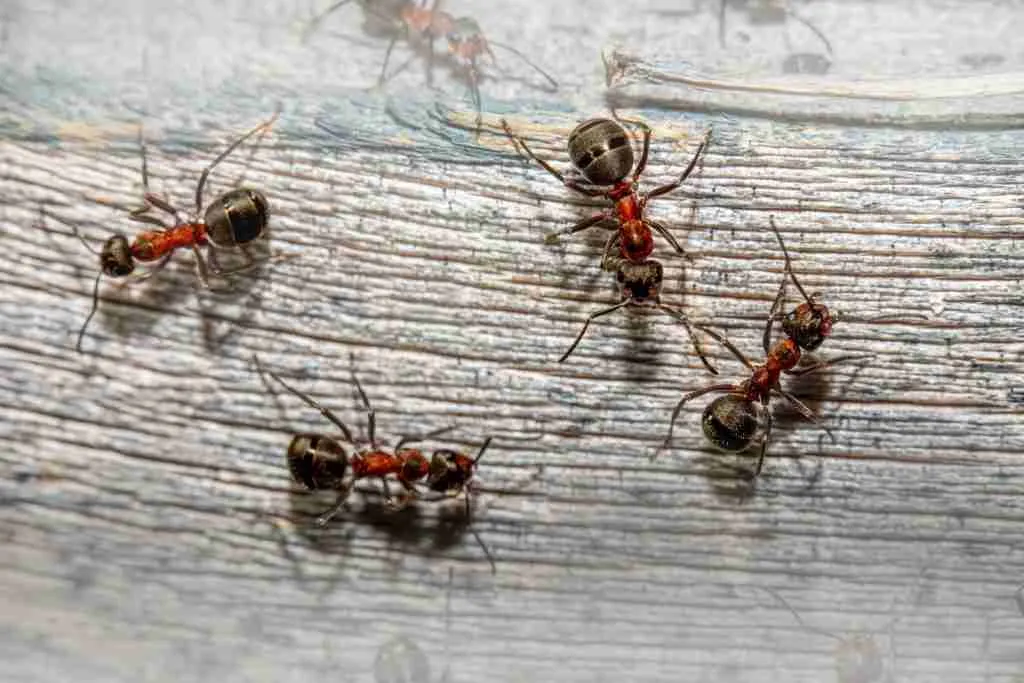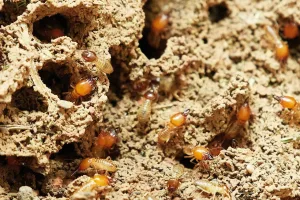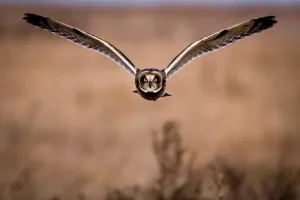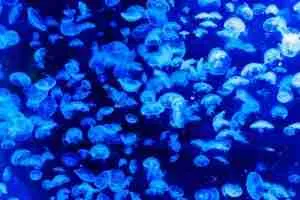23 Facts About Ants (Tiny Ants with Mighty Facts)
-
Ants count steps to navigate. They track steps to return home.
-
Some ants use pebble tools. They block rival nests with stones.
-
Ants have strict castes. Workers, soldiers, queens have set roles.
-
Certain ants glide from trees. They steer falls to land safely.
-
Ants detect earthquakes early. They sense ground vibrations before quakes.
-
Ants build living bridges. They form chains to cross gaps.
-
Ants use propaganda pheromones. They confuse enemies with false signals.
-
Ants survive underwater briefly. They trap air bubbles to breathe.
-
Ants wrestle for dominance. They spar without causing harm.
-
Some ants crave sugar. They obsess over sweet plant sap.
-
Ants “talk” by touching. Antennae taps share quick messages.
-
Some ants are picky eaters. They choose specific foods only.
-
Ants have shiny bodies. Some reflect light like mirrors.
-
Ants manage trash. They pile garbage outside nests.
-
Ants “sing” by rubbing. Body parts make sounds.
Table of Contents
1. Over 20,000 ant species exist globally.
Ants thrive in diverse habitats worldwide. Each species adapts uniquely to its environment. Their variety spans forests, deserts, and cities. This flexibility ensures their survival everywhere.
Some ants prefer scorching sands, others cool woods. Over 20,000 species show nature’s creativity. This diversity fascinates researchers studying ant life. It reveals their global dominance.
2. Bullet ants deliver the world’s most painful sting.
Bullet ants pack a fierce sting. It feels like a gunshot wound. Found in jungles, they protect their nests aggressively. Their sting is unmatched in pain.
Locals describe it as fire-walking agony. Tribes use it in bravery rituals. This fact highlights the intense survival tactics of ants. It shows their fierce defense.
3. Fire ants inflict billions in annual damage.
Fire ants bite with burning venom. They harm crops and livestock yearly. Their invasions disrupt farms and gardens. Control efforts cost millions annually.
Farmers battle their aggressive spread. They alter local wildlife balances. This economic impact underscores the destructive power of ants. It’s a key ant trait.
4. Ants Communicate with each other by using Chemical Signals called Pheromones.
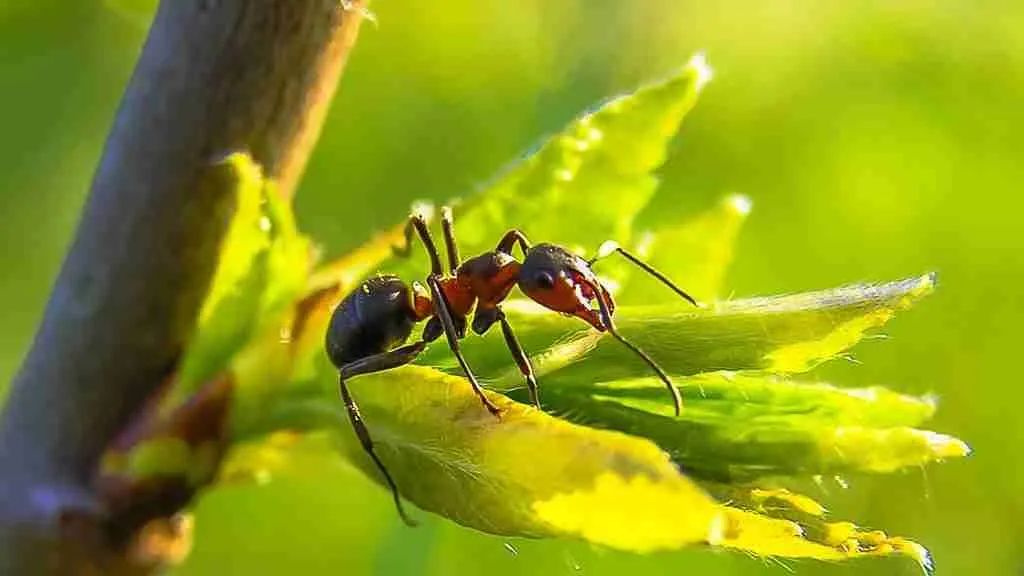
READ ALSO: 23 Fun Facts About Whales | Nature’s Majestic Marine Mammals
Ants are amazing creatures with an impressive ability to communicate with one another. They do it using special chemical signals known as pheromones. Pheromones act almost like a language, transferring information between colonies in exchange without any of them having to use any words.
Unlike other means of communication, the pheromones used by ants remain exactly how they were said and do not change over time, allowing completely accurate messages to be sent and received.
5. Ants can carry 50 times their weight.
Ants lift objects far heavier than themselves. Their muscles are built for strength. This ability helps gather food efficiently. Teams move even larger items.
Their power rivals superheroes. It aids survival in tough conditions. This strength is a standout in ant facts. It highlights their physical prowess.
6. Colonies include queens, workers, and males with specific roles.
Each ant has a job. Queens lay eggs, workers build and feed. Males mate and die quickly. This structure keeps colonies organized.
Workers maintain nests tirelessly. Roles ensure group success. This teamwork shines in ant facts. It mirrors human societies.
7. The largest ant nest spanned 3,700 miles.
A massive nest linked Argentine colonies. Billions of ants connected peacefully. It stretched across continents. This supercolony amazed scientists.
They shared resources without fighting. It dominated local species. This scale is a highlight in ant studies. It shows their unity.
8. Ants have been around for over 100 million years.
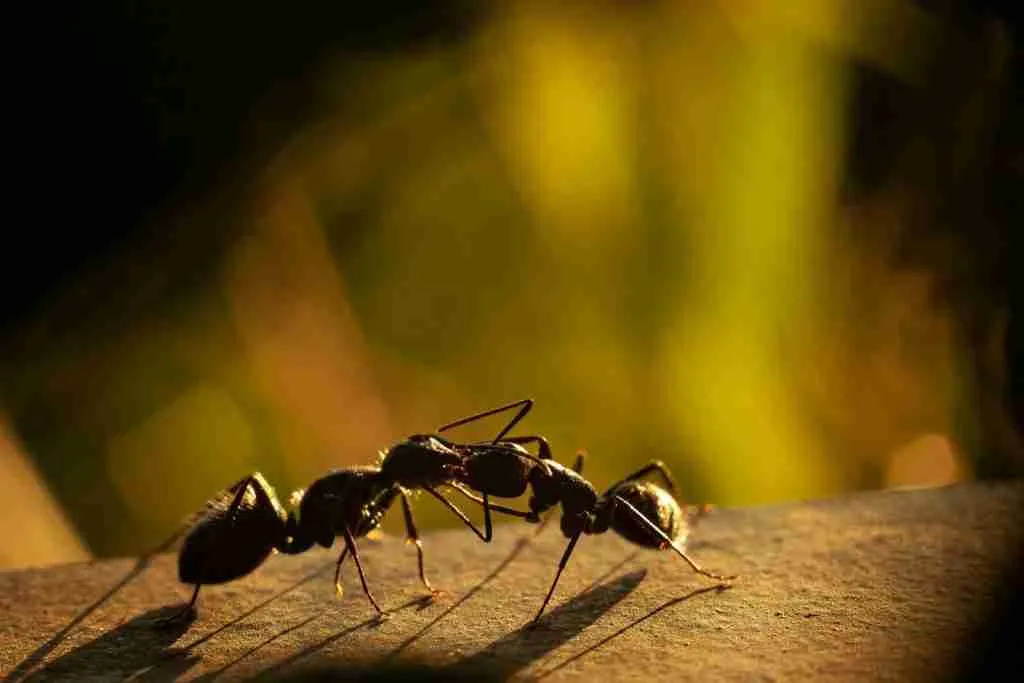
READ ALSO: 24 Fun Facts About Snails | Slimy Wonders
The ant is one of Earth’s true marvels in more ways than one. Did you know that a single species of ant has been around for an eye-popping 100 million years? That’s 10 times older than the oldest known dinosaur fossil.
It should come as no surprise then why the ant is renowned among nature’s most recognized contenders in long-term persistence and adaptation. Seriously, these industrious insects have withstood drastic changes in their environment, pulsing pandemics and diseases, cataclysmic meteoroids, heat-reverberating weather shifts; you name it.
9. The Average life span of an Ant is about 45-60 days.
Did you know that ants have a relatively short lifespan? The average life of an ant can range anywhere from 45 to 60 days. This might be because they are such hard workers, and their active lifestyle takes quite a toll on them.
Their determined effort and drive towards preserving their colonies, however, is incredibly admirable. Despite their brief existence, ants lay the groundwork for strong communities that will remain a legacy long after they are gone.
10. Most visible ants are females.
Workers and queens are female. They handle all colony tasks. Males appear briefly for mating. Diet shapes their roles early.
Protein builds strong queens. Workers ensure nest survival. This fact stands out in ant research. It reveals their social order.
11. Male ants are like flying sperm, die after mating.
Males exist to mate. They come from unfertilized eggs. After mating, they die quickly. Their role is short-lived.
Queens store sperm for years. Males have no other tasks. This cycle is key in ant studies. It shows their purpose.
12. Once a queen ant mates, her wings fall off.
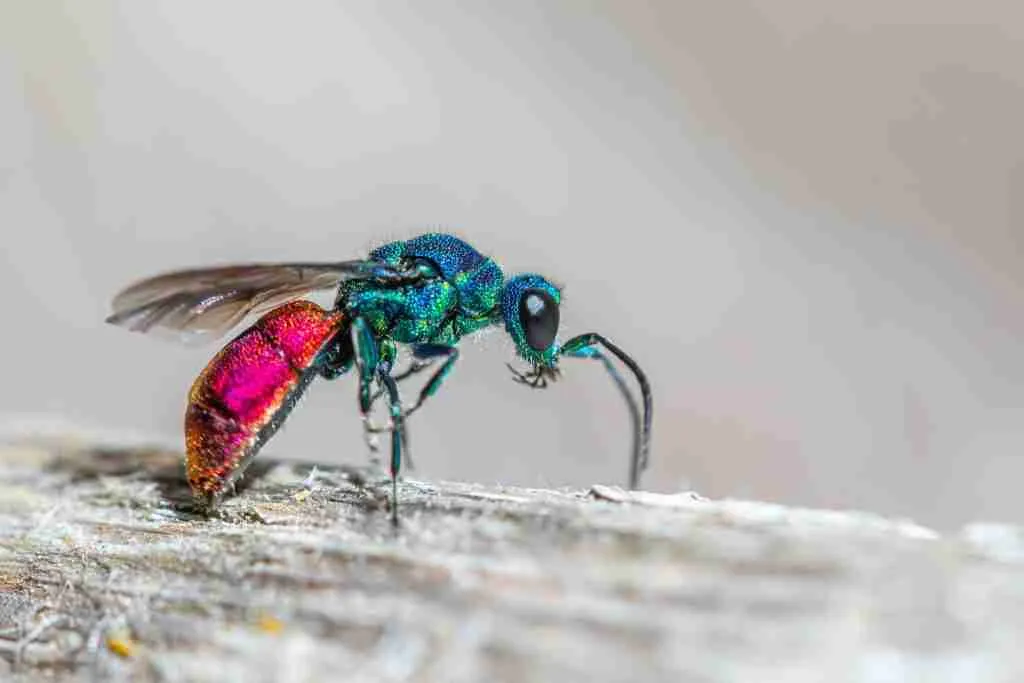
READ ALSO: 25 Fun Facts About Oysters: The Untold Story of Oysters
After mating, queen ants shed their wings, a process that serves multiple purposes, including using the wings for nutrition and ensuring the survival of their first-generation larvae.
This dramatic behavior occurs because, once the queen mates, she no longer needs the wings for flying and, thus, conserves energy for colony establishment and care for her offspring.
13. Supercolonies can have billions of workers.
Supercolonies span vast areas. Billions of ants work as one. They don’t fight related colonies. Argentine ants lead this trend.
They overwhelm local species. Unity creates strength. This scale amazes in ant studies. It shows their dominance.
14. An all-female ant species reproduces asexually.
Queens clone themselves without males. This species thrives in the Americas. It spreads rapidly in warm climates. No mating is required.
Their unique biology fascinates scientists. They dominate without male input. This trait is striking in ant research. It shows their reproductive innovation.
15. Army ants nomadically raid without permanent nests.
Army ants roam for prey daily. They form temporary camps with bodies. Queens lay eggs during pauses. Raids feed the entire colony.
Their nomadic life amazes observers. They’re always on the move. This lifestyle is unique in ant facts. It shows their relentless drive.
16. Ants Have an Impressive Sense of Smell.
READ ALSO: 26 Fun Facts About Spiders | Exposing the Mysteries
Ants have an amazing sense of smell, which rivals our own. They’re able to do things with their noses that many other creatures simply cannot.
Not only can ants detect odors as specifically as humans, but they also possess an interesting specialization: they are efficiently effective at distinguishing between different types and sources of odorants, a capacity that serves them in protection from predators, finding and grasping food sources, communicating with each other and more.
Researchers suggest this could be attributed to the insect’s complex network of olfactory cells—153 olfactory receptor genes compared to five human olfactory receptors.
17. Ants breathe through spiracles, not lungs.
Tiny holes let air enter. This suits their small bodies. Oxygen flows directly to tissues. No breathing like humans.
Spiracles are simple but effective. They work in tight spaces. This fact is fascinating in ant studies. It shows their unique biology.
18. Ants have two stomachs for sharing food.
One stomach holds their meal. The other stores food to share. This feeds the young and workers. It strengthens colony bonds.
Sharing food builds unity. It ensures no ant starves. This trait is cooperative in ant facts. It shows their teamwork.
19. The Biggest Ant Species is the Dinoponera, which can Grow up to Three to Four Centimeters Long.
The Dinoponera has tipped scales across the world to become the biggest living species of ant in existence. Rare sightings have been reported throughout South and Central America, with its size giving it a distinct appearance that no other tiny ant can rival.
Since its discovery over 100 years ago, nature enthusiasts from around the globe have felt compelled to get up close and personal with this unique creature.
20. The Smallest Ant Species are the Carebara Atoma species which Measures less than One Millimeter.
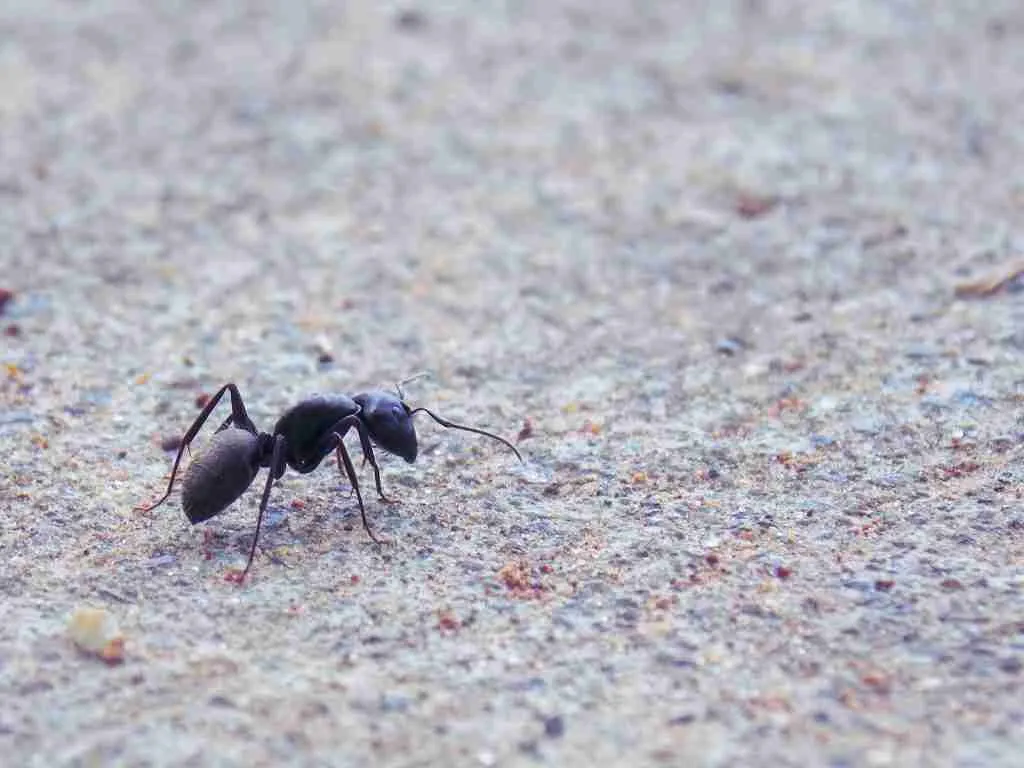
READ ALSO: 26 Fun Facts About Pigeons You Should Know
The Carebara Atoma species is one of the smallest ant species, measuring microscopic lengths of less than 1 millimeter. Its size could be compared to that of a pin head, yet it is still able to live hand-in-hand with its larger relatives.
Scientists studying these creatures can employ precision tools, like finely honed forceps and stereomicroscopes, inches away to examine these near-invisible wonders.
21. Ants can swim and form rafts in floods.
Ants link their bodies to float. This saves the colony from floods. Queens stay safe in the center. It’s a brilliant survival trick.
They work as a unit. Water doesn’t stop them. This fact is clever in ant studies. It shows their resilience.
22. Prehistoric ants had 6-inch wingspans.
Ancient ants flew with huge wings. Fossils reveal their massive size. Modern ants are much smaller. Evolution reshaped their bodies.
These giants roamed millions of years ago. Their wings dwarf today’s ants. This fact is ancient in ant facts. It shows their history.
23. Sahara silver ants run at high speeds in the heat.
They sprint across hot sand. This avoids burning their feet. They cover ground quickly. Hunting thrives in harsh sun.
Their speed is nearly unmatched. They dodge desert dangers. This fact is swift in ant studies. It shows their agility.
FAQS
Ants eat a variety of foods like sugars, proteins, and dead insects. Some prefer sweet nectar or honeydew from aphids. Others hunt or scavenge for meat.
Yes, ants have two stomachs. One stores food for themselves, the other for sharing. This helps feed the colony through regurgitation.
Ants don’t have a heart like humans. They have a dorsal aorta that pumps hemolymph. This fluid circulates nutrients through their body.
Ants are unique for their complex social structures. They communicate with pheromones and work in teams. Some species farm, fight, or build massive nests.
Ants have six legs. These help them move, carry food, and build nests. Their legs are strong for their tiny size.
Over 20,000 ant species exist worldwide. Each adapts to unique environments. They range from tiny to large varieties.
The scientific name for ants is Formicidae. This family includes all ant species. It reflects their complex social behaviors.

